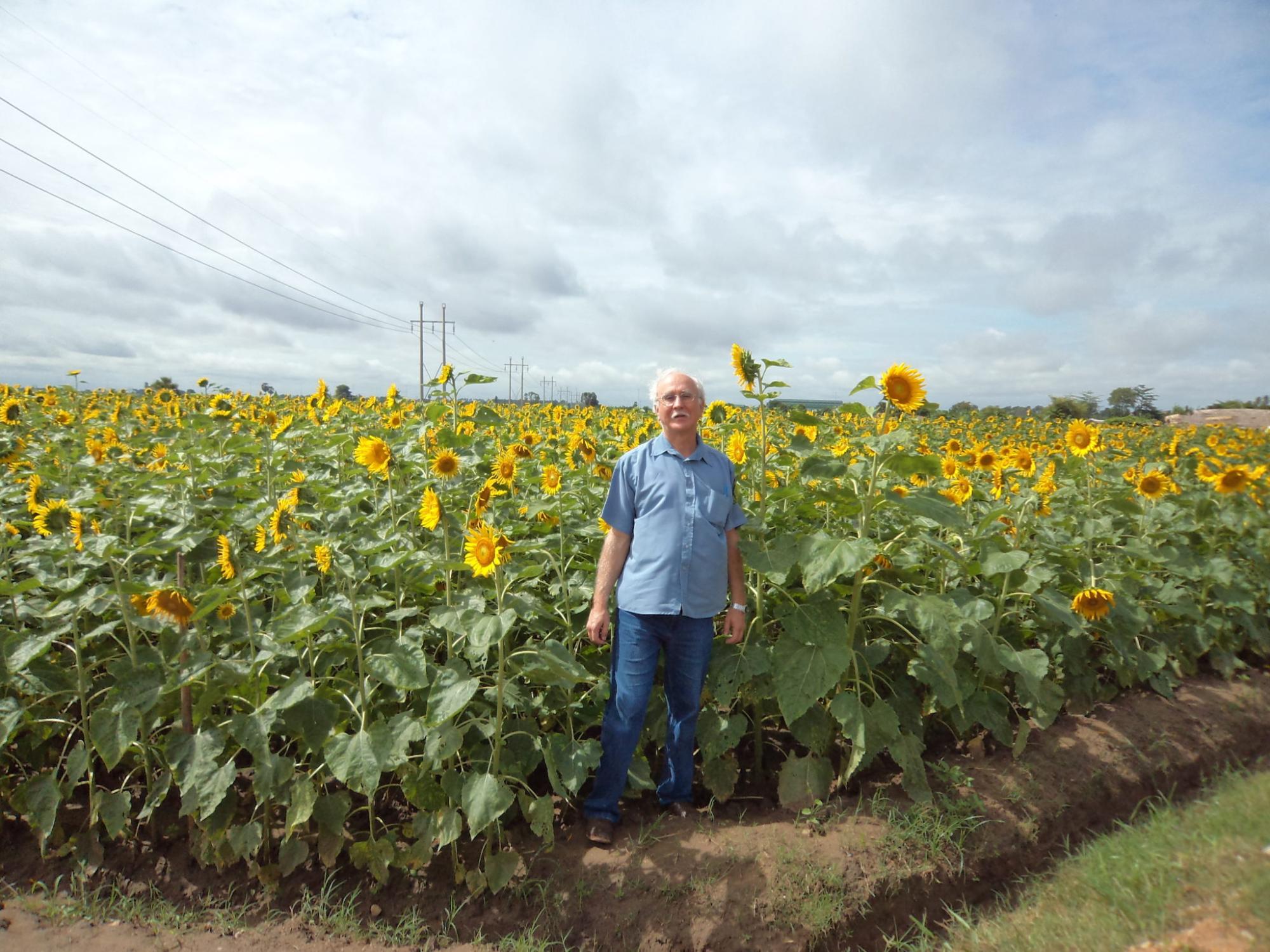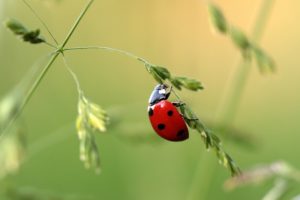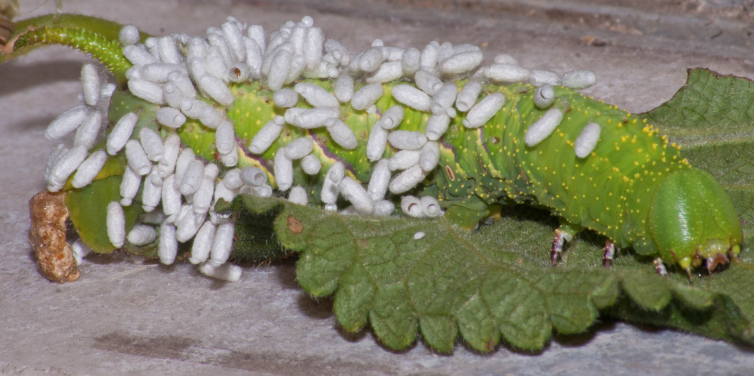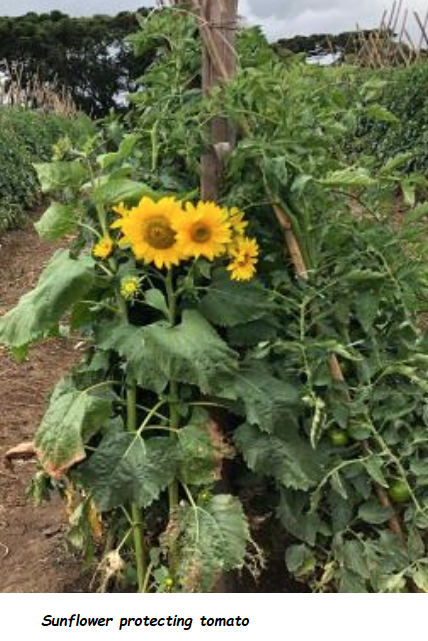What is Biological Control and how to be used in agriculture

This post is also available in:
This post is also available in:
![]() Español (Spanish)
Español (Spanish) ![]() Français (French)
Français (French) ![]() Deutsch (German)
Deutsch (German) ![]() हिन्दी (Hindi)
हिन्दी (Hindi) ![]() العربية (Arabic)
العربية (Arabic) ![]() Türkçe (Turkish)
Türkçe (Turkish) ![]() 简体中文 (Chinese (Simplified))
简体中文 (Chinese (Simplified)) ![]() Ελληνικά (Greek)
Ελληνικά (Greek) ![]() Português (Portuguese (Brazil))
Português (Portuguese (Brazil)) ![]() polski (Polish)
polski (Polish)
This extension post aims to disseminate simple and safe strategies through technical support information that allow the family farmer and/or smallholders to increase the effectiveness of Natural Biological Control in their production activities. Thus, product quality improvement is obtained concomitantly with the increase in both production and yield.
It is known that the excessive and indiscriminate application of pesticides, in addition to increasing production costs, causes enormous socio-environmental problems, such as:
1- Resistance of pests to the active ingredients of agrochemicals;
2- Irreparable environmental damage to ecosystems, biomes, and biodiversity;
3-Irreparable damage to human health due to direct contact with the poisons and the inevitable presence of toxic residues in foods.
Natural biological control occurs spontaneously when some natural enemy, either resident or eventual in the place, attacks as a predator, the pest that infests the crop at that moment.

Therefore, natural biological control, although desirable and welcome, is neither stimulated nor induced, and thus, for being spontaneous, it is not always sufficient to eliminate pest infestations in crops.
One of the current ways of stimulating and inducing an increase in the populations of natural enemies of crop pests is through systematized breeding of predators in specialized laboratories for later release in infested crops.
This process, named Artificial Biological Control, consists of the creation on an industrial scale of predators in laboratories for later application/release in large quantities in crops. This type of control is very fast-acting, similar to pesticides.
However, these practices, in addition to being very expensive, are difficult to access for family farmers and/or small producers, who typically produce for their consumption and commercialization of surpluses in street markets and local commerce.
When natural biological control is potentiated, through systematized stimuli or inductions, with non-spontaneous actions, which aim to increase predator populations, decimate as much as possible, and even completely eliminate pest populations in crops, we say that we are applying the Biological Control itself.

Therefore, Biological Control is a natural, stimulated, or induced agroecological method of combating crop pests. Being sustainable, it is: economically viable, ecologically correct, socially fair, culturally appropriate, technologically appropriate, and scientifically proven.
Recommended for agricultural environments, but especially for the family farmer and/or small agricultural producers. It constitutes a viable, clean, and socio-environmentally correct strategy to combat crop pests without affecting ecosystems, their biomes, and biodiversity.
This type of control encourages the establishment of beneficial biological agents, popularly called predators, as they are recognized as natural enemies of agricultural pests (malefic biological agents). This way, they help increase and ensure wholesome production, free from dangerous chemicals such as pesticides.
Therefore, support extension efforts should focus on simple strategies of stimulation and induction of increment of beneficial biological agents, which enable and increase the effectiveness of natural biological control, which is the objective of this post.
1- Appropriate anti-pest management for the soil:
Use only recognizably healthy seeds
Promote crop rotation for two to three years, preferably with grass
Use the broadest possible spacing to allow ventilation between the plants
Do not leave any organic matter abandoned/piled up/scattered in or near the crop fields;
Produce and systematically apply Composting, Biofertilizers, and Biopesticides.
To produce them, use crop residues, especially after the last harvest: leaves, bark, discarded cereals, straw, discarded vegetables, infected fruits, etc., and animal manure.
2- Planting and conservation of flowering plant species next to the main crops, which can provide shelter and food for the natural enemies of crop pests;
Sunflower can be used as an allied biological agent to promote natural biological control in various crops, such as soybeans, beans, peanuts, corn, tomatoes, other vegetables, etc. Its yellow color activates the insect’s instinct to search for food, as there is a strong relationship between this color and the presence of pollen grains in the center of the flowers, where the nectar is located.
For this purpose, the sunflower must be planted on the borders of the main crops to form a physical barrier against harmful insects, which will prefer to feed on its leaves and inflorescences and thus, will not migrate to the interior of the crop. Occasionally, it can be planted as an intercrop with the main crop.
It can also be considered a trap plant because when planted in cultivation areas, in addition to attracting harmful insects to itself, the sunflower also attracts the natural enemies or predators of these insects, favoring localized predation.
Some pests attracted by sunflower: mites, whiteflies, leafminers, defoliating beetles of the species Astylus variegatus, and the genera Diabrotica, Paranapiacaba, and Microtheca, caterpillars Oxydia saturniata, as well as those of the genera Spodoptera and Helicoverpa.
Some predators attracted by sunflowers are: birds, parasitoid wasps, ladybugs, bed bugs, and pollinating insects (bees, bumblebees, and wasps).

Recommended spacing for sunflower planting as an ally of natural biological control.
Although, the spacing depends on the crop.
Considering that the sunflower has other important potentialities, such as the commercialization of grains for oil extraction, animal feeding, and green manure, which can improve the income of the farmers;
Keep in mind that the sunflower’s vegetative cycle may differ from the main crop’s. It is ideal, then, to transplant sunflower seedlings a few days after planting the main crop. This way, the inflorescences will be present during the entire vegetative cycle of the main crop. Sometimes, it is necessary to transplant sunflowers to the field two to three times until the completion of the harvest of the main crop.
So, for the beginning of experimentation, the spacing of half- to one meter is recommended in the boundaries of the cultivated area.
If planted in intercropping, an initial suggestion is to plant a row of sunflowers every two or three rows of the main crop, with 70 cm inter rows of the two crops and 30 cm between sunflower plants in its row.
For details, go to:
“The principles and guidelines for successful composting”
https://wikifarmer.com/the-principles-and-guidelines-for-successful-composting/
“How to compose and use biofertilizers safely and effectively.”
https://wikifarmer.com/how-to-compose-and-use-biofertilizers-safely-and-effectively/
Get to know the Brazilian proposals for Agro-Forestry Systems-AFC, a form of land use and occupation in which trees are planted or managed in association with culture.








































































